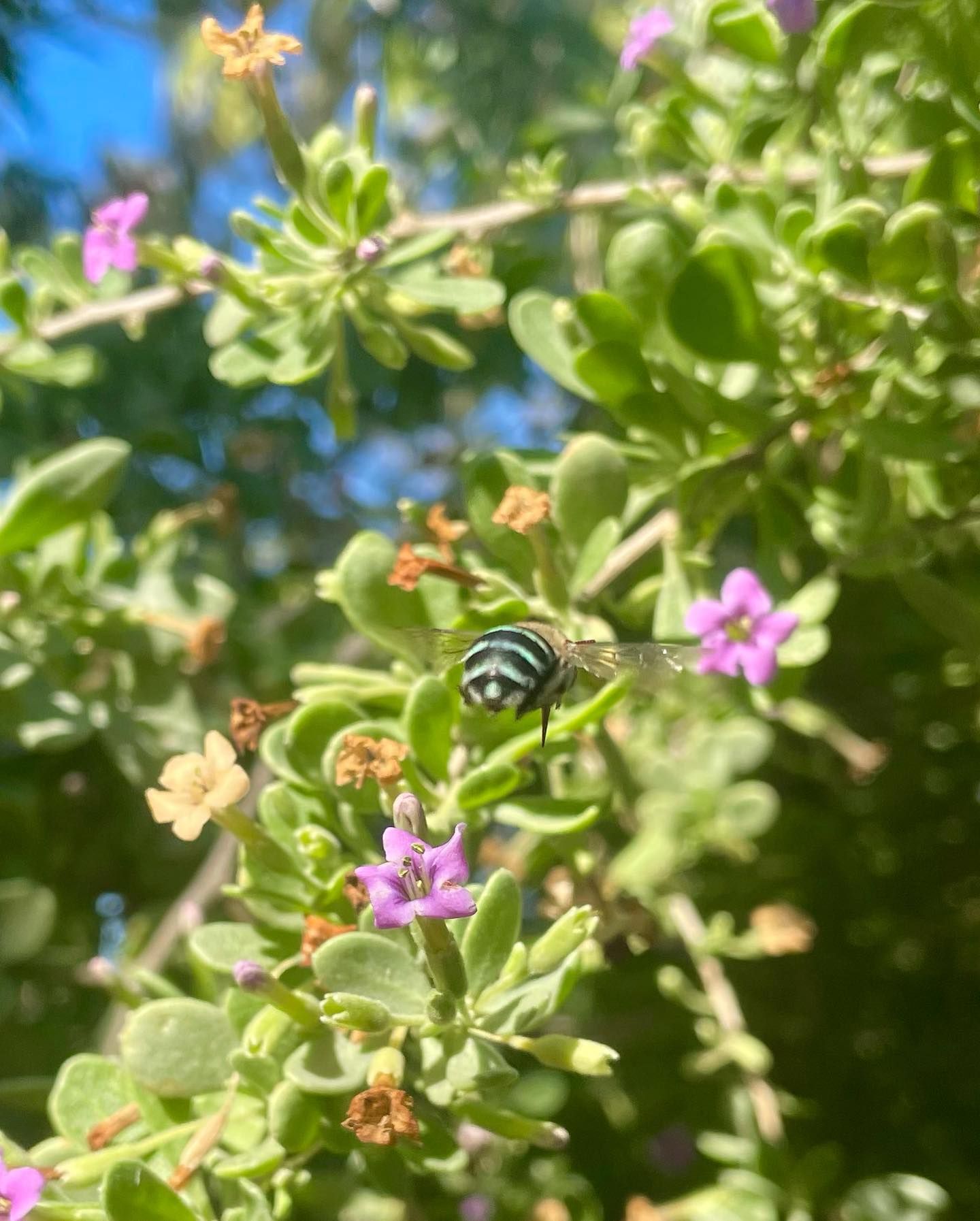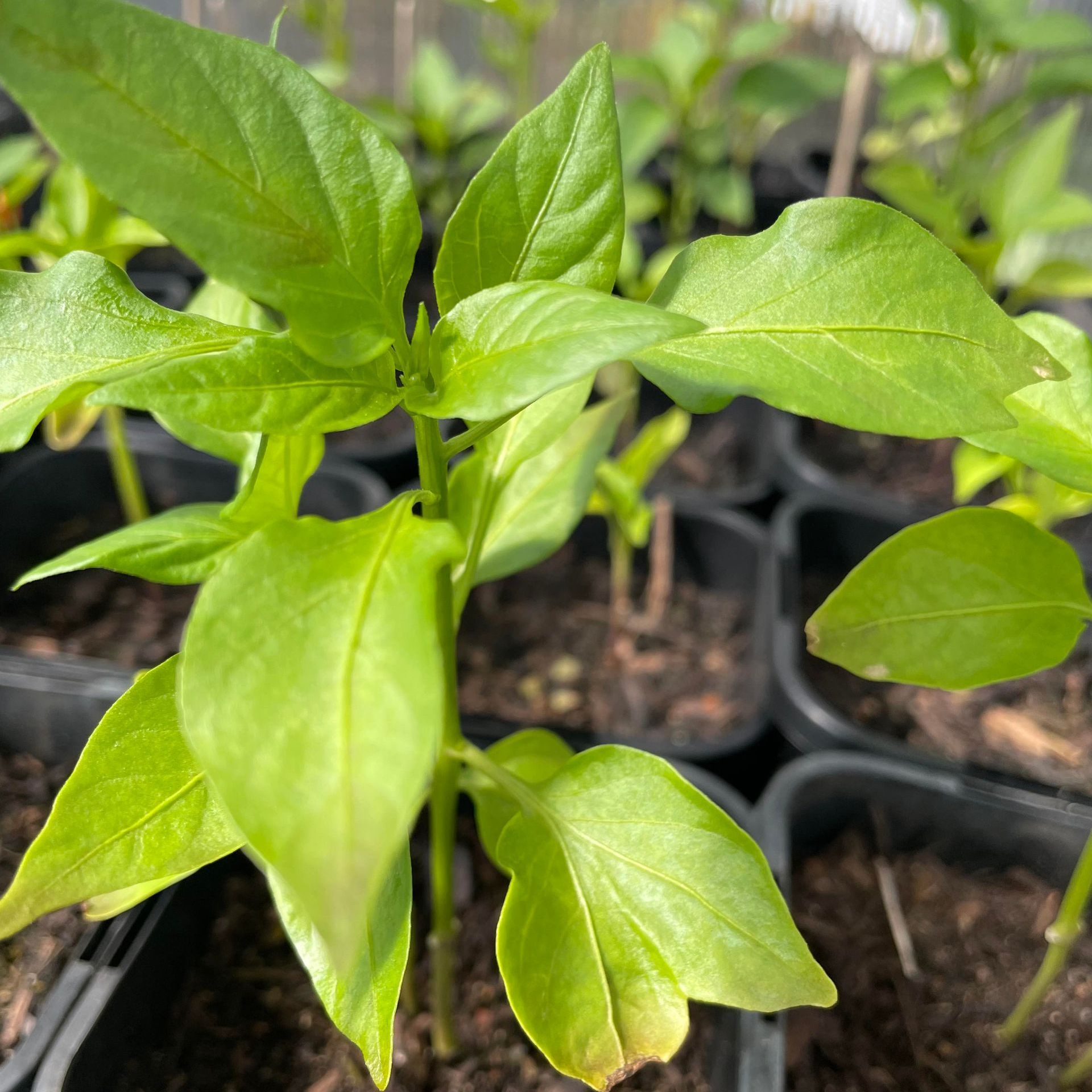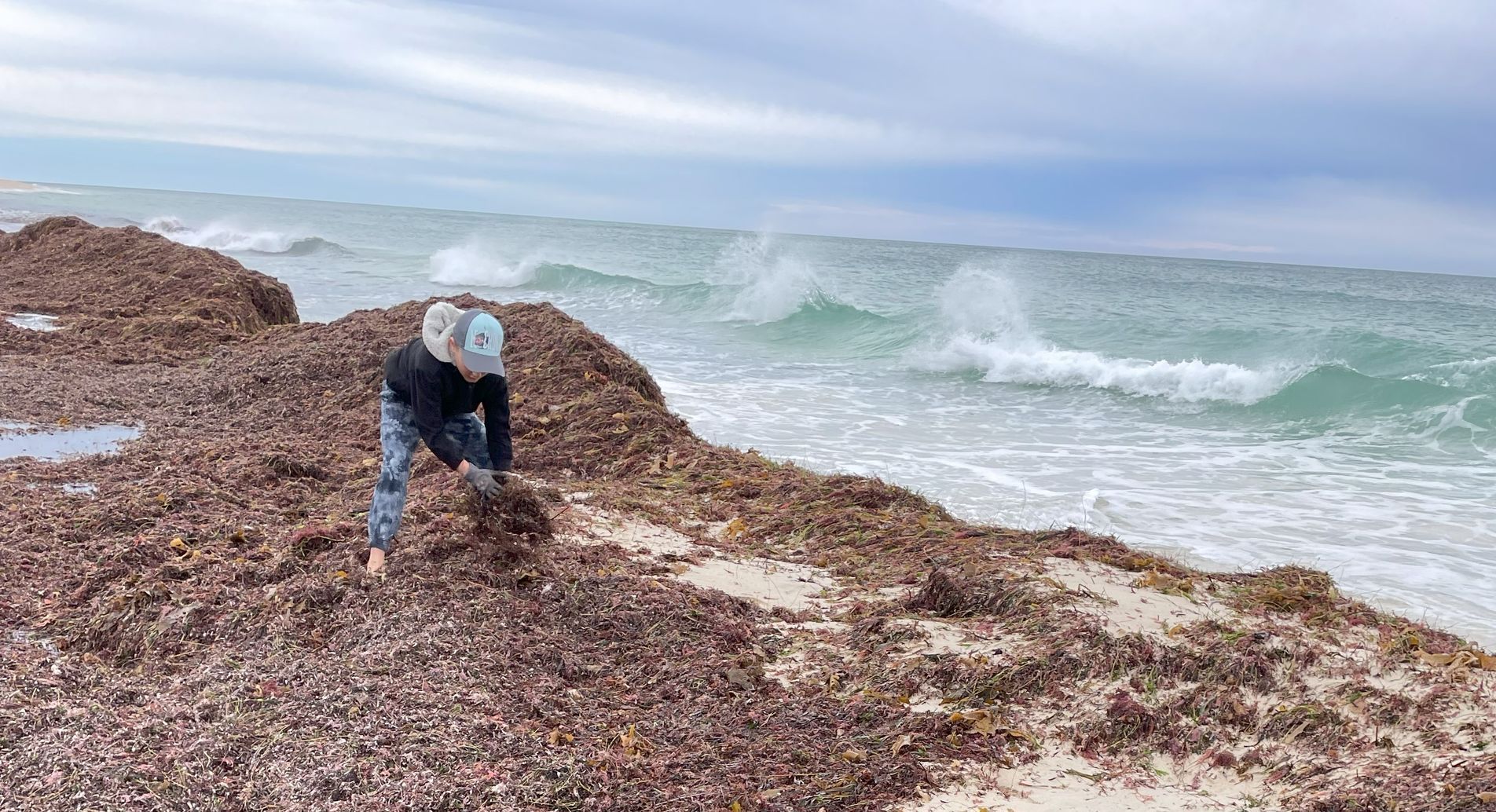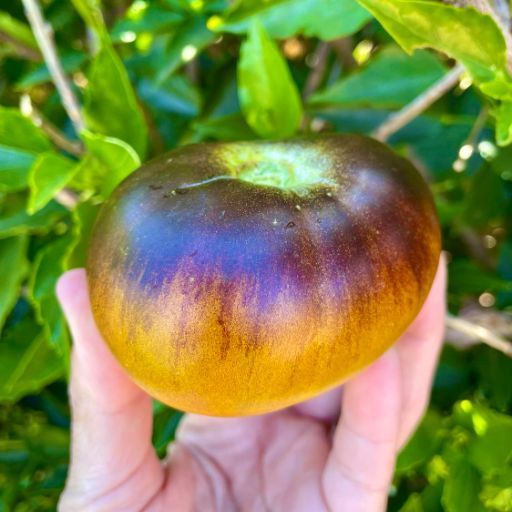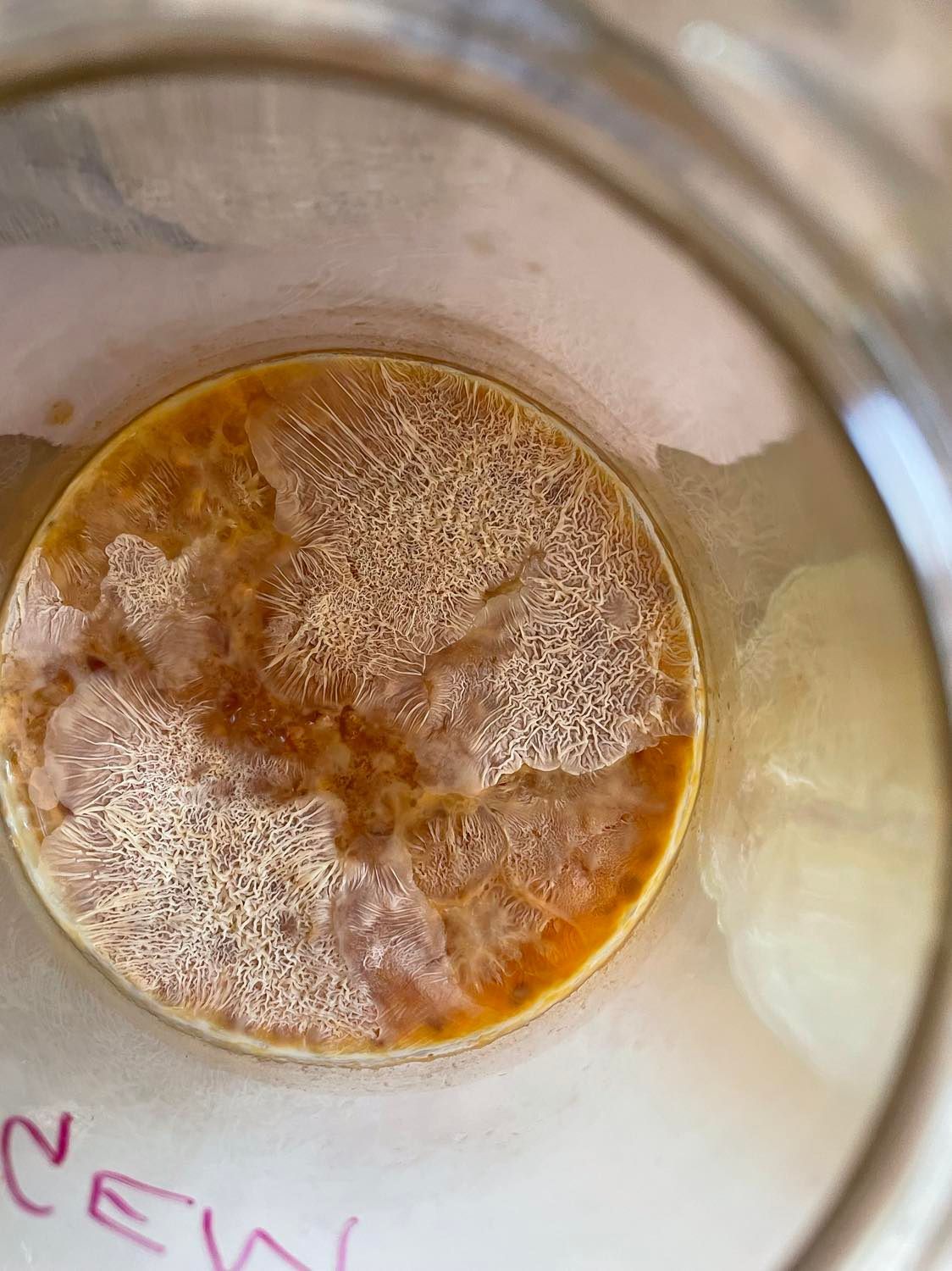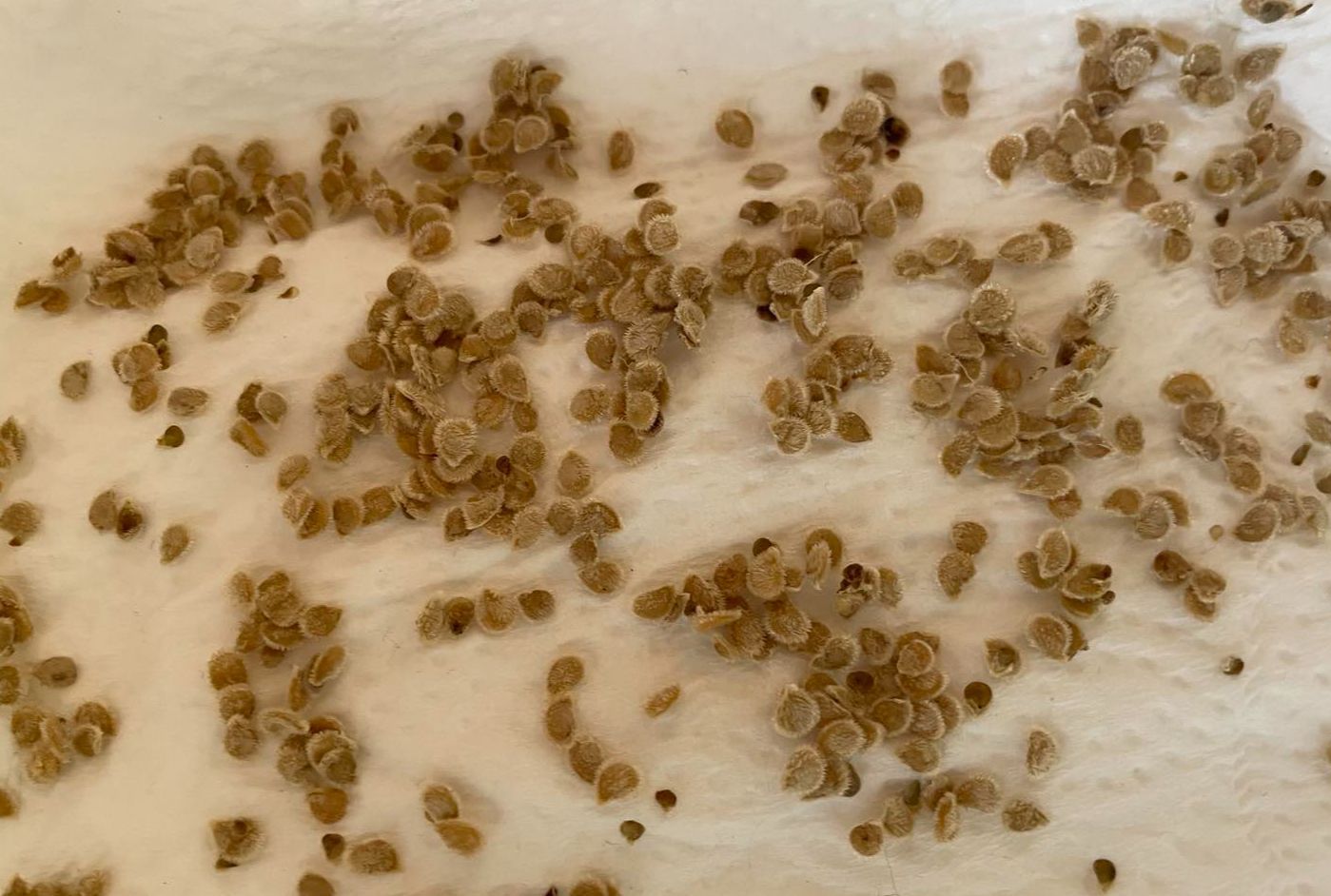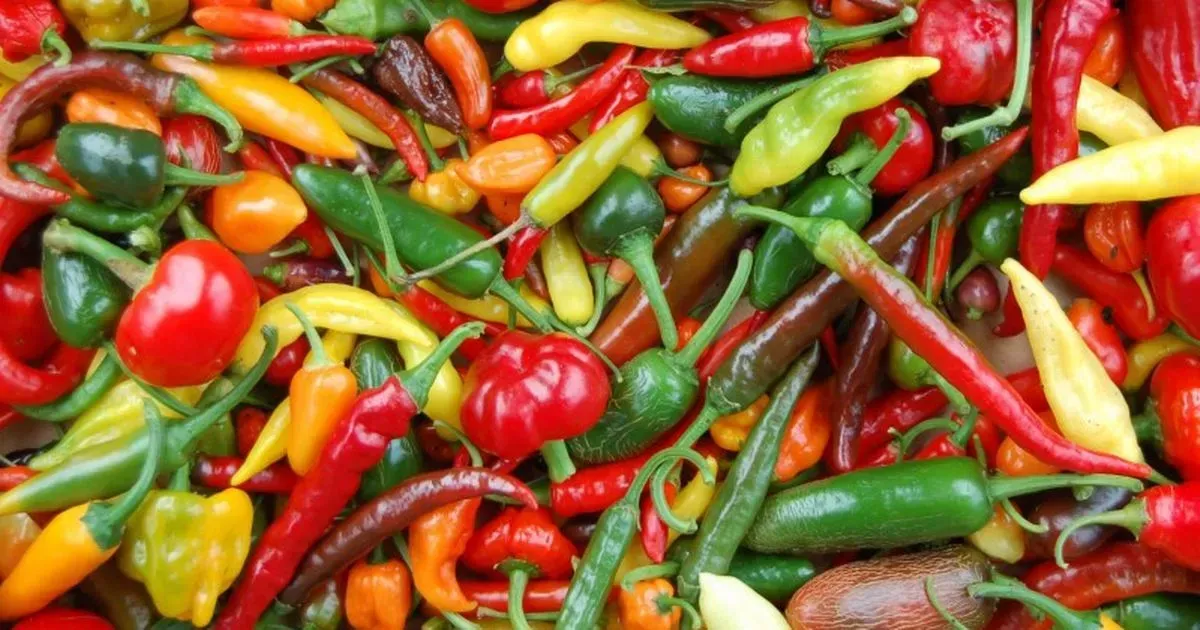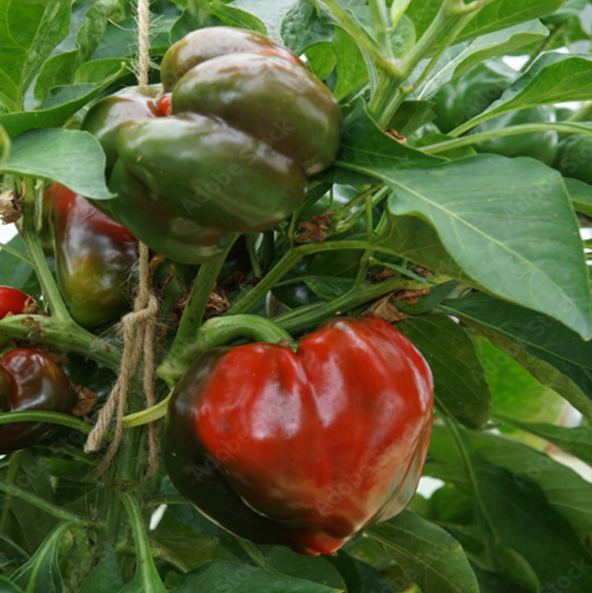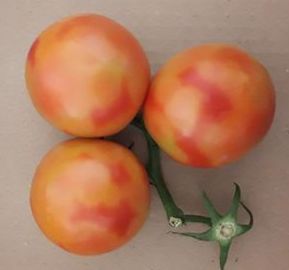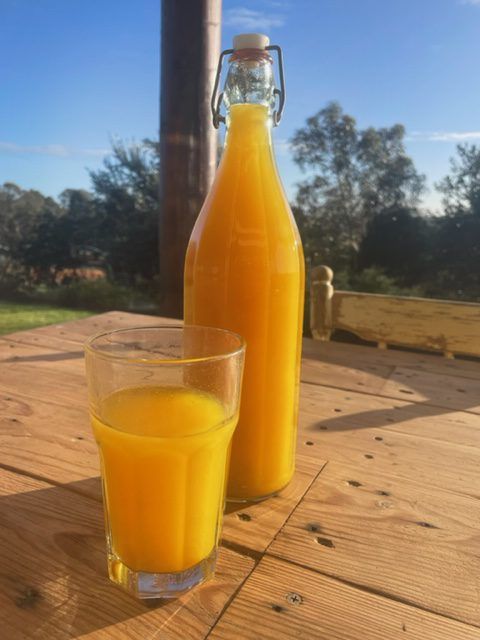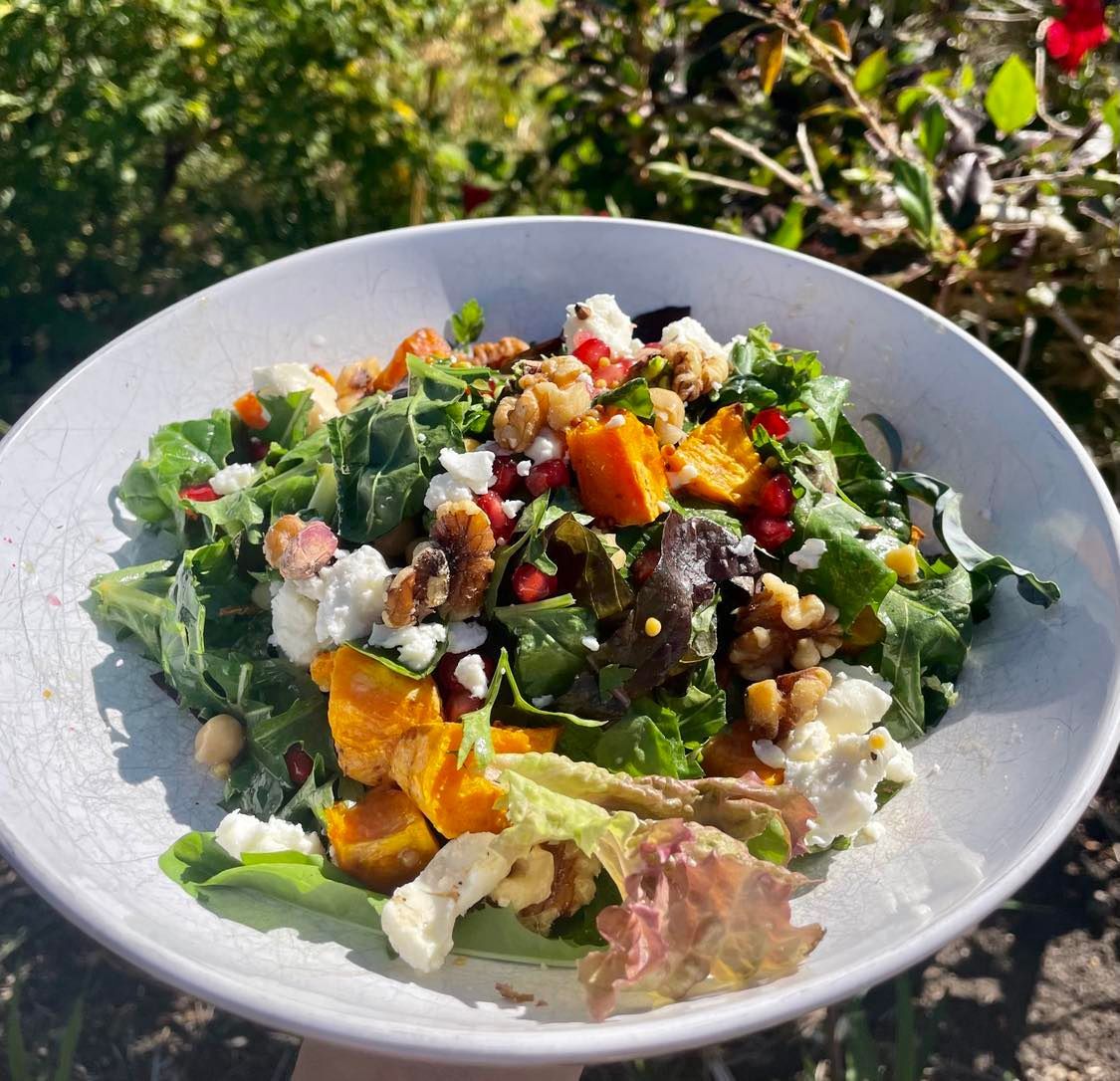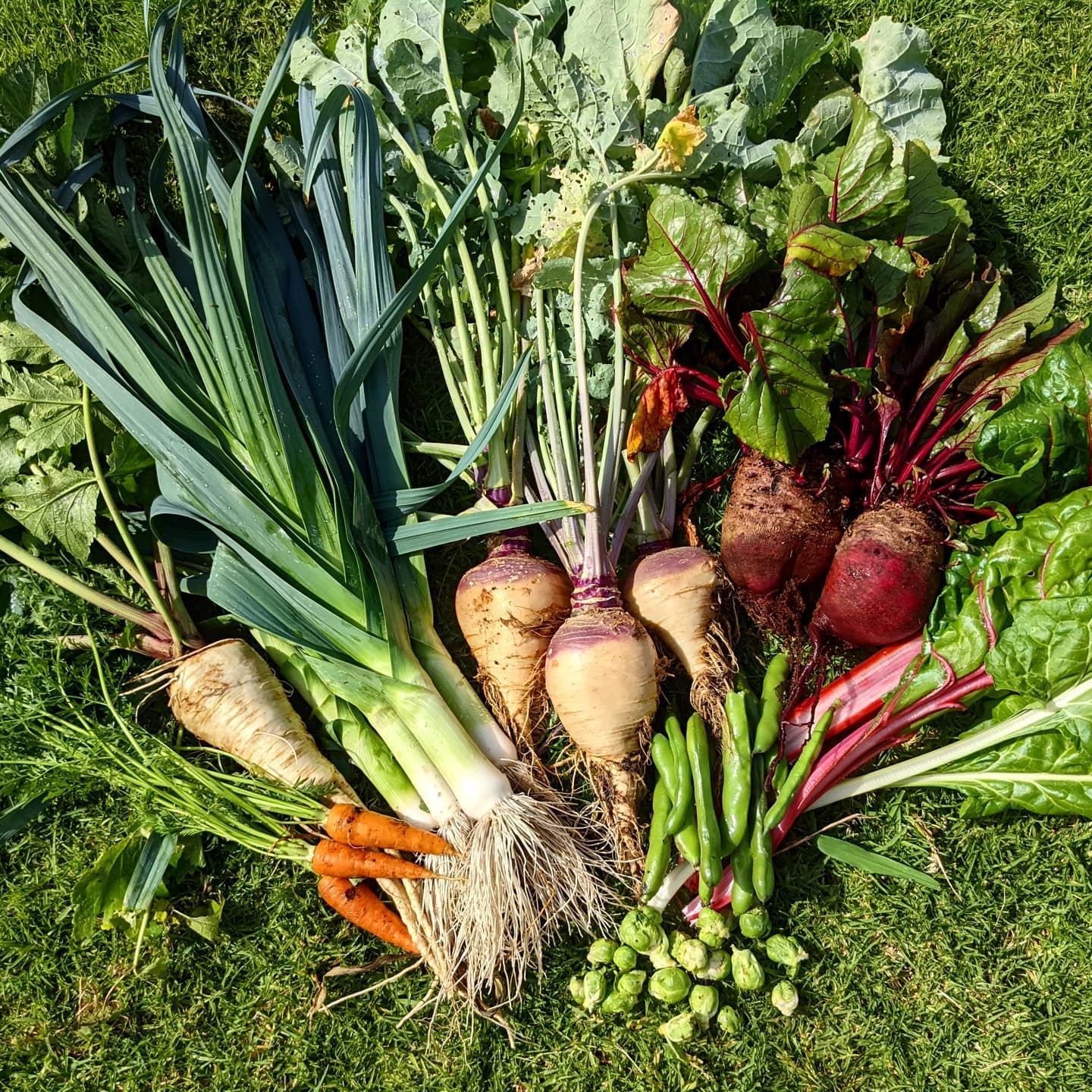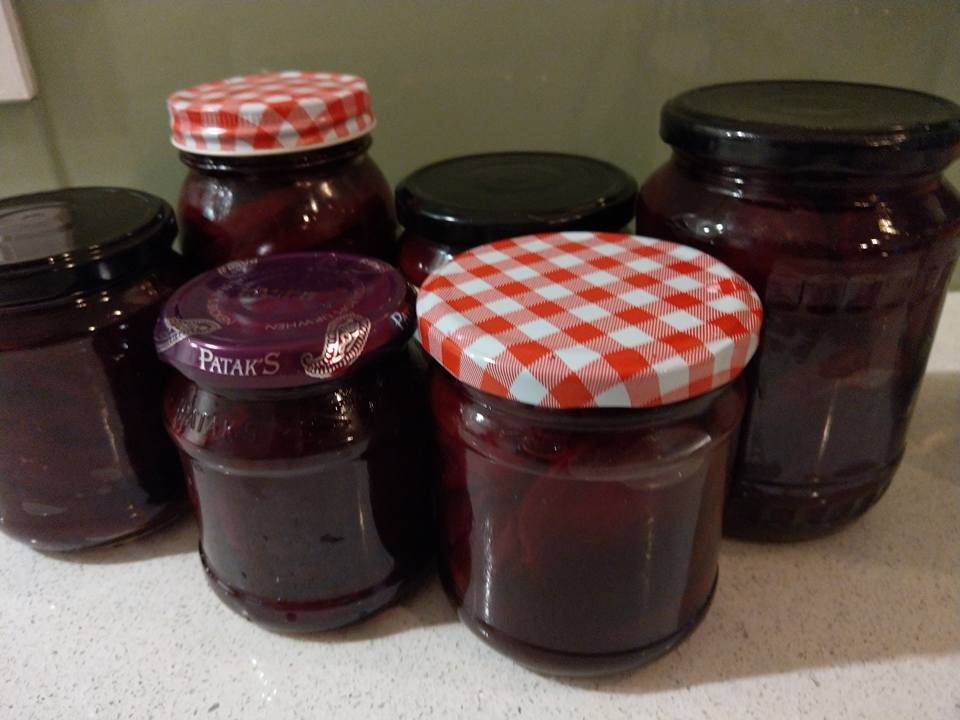Saving Tomato, Chilli and capsicum seeds.
Learn how to save seeds from your favourite open pollinated Tomato, Chilli and Capsicum varieties.
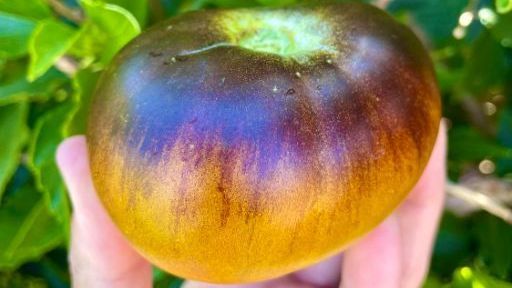
Saving Tomato Seed
Tomato seeds are easy to save and can be used to grow your own tomatoes year after year. Placing the seeds in a jar and fermenting them helps break down the gelatinous substance that surrounds the seed and prevents germination. During the fermentation process, yeast and beneficial bacteria destroy any diseases that might be lurking on the outside of the seedcoat. Choose ripe and healthy tomatoes from open-pollinated or heirloom varieties. Avoid hybrid/ F1 tomatoes, as they will not produce true to type offspring (All the varieties Thrive sustainability sell are open pollinated) Cut the tomatoes in half and scoop out the seeds with a spoon into a glass jar. If there is not too much gel/liquid, you can add some water to cover the seeds and label the jar with the variety name and date. Cover the jar with a muslin cloth or like prevent flies entering.
Let the jar sit for two to three days at room temperature, the time is very dependent on the temperature, the warmer it is the quicker the process. This will allow the seeds to ferment, which helps remove the gel-like coating that prevents germination and kills any pathogens. You will notice some white mould or bubbles forming on the surface, this is a sign that fermentation is under way, and you can progress to the next step.
Pour the contents of the jar into a fine-mesh sieve and rinse the seeds well under running water. Discard any floating seeds, as they are not viable. Spread the seeds on to grease proof paper or paper towel and let them dry completely for several days. You can gently rub the seeds to separate them if they stick together.
Store the seeds in a paper envelope, a plastic bag, or a small jar with a tight lid. Label the container with the variety name and date and keep it in a cool, dry, and dark place until you are ready to plant them. Tomato seeds can last for several years if stored properly.
Saving Chilli and capsicum seed
Chilli flowers are self-fertile and self-pollinating, so a single bush can produce fruit without bees or insects. However, if you grow multiple chilli or capsicum varieties close together, cross-pollination by insects can occur, leading to seeds that may not resemble the parent plant.
Both Chillies and capsicum belong to the capsicum genus, species include Capsicum annum, C. frutescens, C. chinense, and C. pubescens. Except for C. pubescens, these species can cross-pollinate. As with tomato's be sure to source open pollinated seed if you want to be able to save your seeds from year to year.
To ensure seed purity you can isolate varieties by 200 m, this is impractical for most home gardeners. Instead, grow taller crops between varieties to discourage insects or to be 100 % sure seed stays pure cover plants with shade cloth or insect exclusion netting before flowers open. Remove the covering once fruit develops.
Choose Fully Ripe fruit - Select fruits that are fully ripe and have started to wrinkle. Fully ripe fruits ensure that the seeds inside are mature and viable for planting.
Extract the Seeds -Cut the capsicum or chilli open and scoop out the seeds along with the surrounding pulp. Be sure to wear gloves if you’re handling hot varieties to avoid skin irritation. Separate seed from the membrane.
Dry the Seeds - Spread the cleaned seeds on a baking paper or a fine mesh screen in a well-ventilated area, away from direct sunlight. Allow them to dry completely, which may take several days. Ensure the seeds are fully dry to prevent mould during storage.
Once dry, store the seeds in an airtight container. Label the container with the variety and date. Keep the seeds in a cool, dark place, such as a refrigerator, to maintain their viability.
